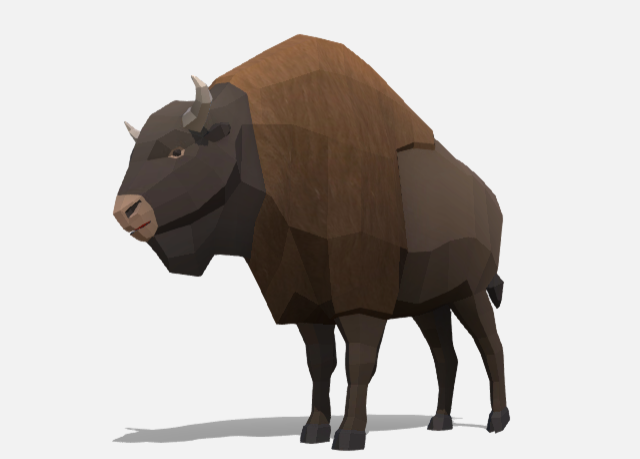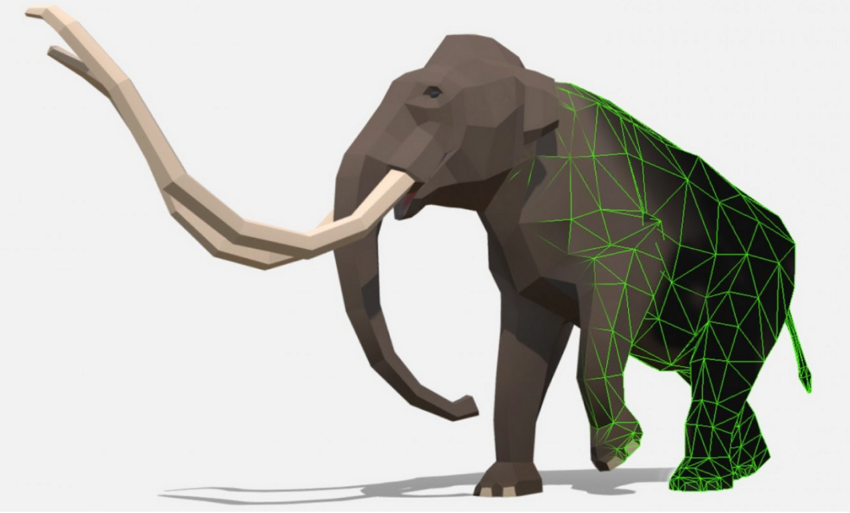Metaverse museum: Natural history museums are gearing up for entry into the metaverse. But this time around, they want the depictions of ancient animals to be accurate.
Dire wolves and saber-toothed cats may be extinct. But now, scientists are bringing them back to life. Not in a Jurassic Park sense. But in the metaverse, where hopefully they can’t escape and eat us all. Imagine how tasty we are these days, all full of junk food and beer.
Metaverse museum and Ice-Age creatures
At the moment, interested people can view these revived species via augmented reality. Dr. Matt Davis and his team at the Natural History Museum of Los Angeles County have made this happen. They have collaborated with researchers and designers at the University of Southern California. Together, the teams have created more than 12 new, scientifically accurate virtual models of Ice Age animals.
The scientists are working out how they can use this technology in museums in the metaverse. Eventually, the thought might be that people from all over the world can enter museums in the metaverse, and have very intense learning experiences using this tech.

Metaverse accuracy
The science team realized there weren’t any accurate Ice Age animals in the metaverse yet. The scientists wanted to make this right. So, they gathered the latest paleontological research. With it, they created their own creatures, based on what we know so far.
The models were built in a blocky, low poly style. There’s a reason for this. They are a work in progress because we don’t have the full picture yet. Sometimes, we have only found parts of animals, and have had to use our imagination to fill in the gaps. But that’s the beauty of these metaverse animals. Scientists can recreate what they know, and leave the rest as an outline. Until the day comes that we can be certain.
Dr. William Swartout is the Chief Technology Officer at the USC Institute for Creative Technologies. “The innovation of this approach is that it allows us to create scientifically accurate artwork for the metaverse without overcommitting to details where we still lack good fossil evidence.”
The scientists hope that the part-finished metaverse animals will give normal people a better understanding of paleoart. This art is the kind of art that recreates what extinct animals might have looked like.
Metaverse museums and paleoart
Dr. Emily Lindsey is the author of the study. “Paleoart can be very influential in how the public, and even scientists, understand fossil life. A lot of paleoart is treated as an afterthought, and not subjected to the same rigorous scrutiny as other scientific research. This can lead to particularly bad reconstructions of extinct animals being propagated for generations in both the popular media and academic publications.”
The team say that paleoart is a crucial part of paleontological research. “That’s why we decided to publish all the scientific research and artistic decisions that went into creating these models. This will make it easier for other scientists and paleoartists to critique and build off our team’s work.”
The scientists note that it is important to acknowledge what we don’t know about these animals’ appearances. Says Dr Davis, “We can accurately depict the shaggy fur of Shasta ground sloths because paleontologists have found a whole skeleton of this species with hair and skin still preserved. But for mastodons, paleontologists have only found a few strands of hair. Their thick fur pelt was an artistic decision.”
The hope is that this exercise will lead to better and more accurate paleoart for everyone, especially in the metaverse. Seeing as it is such a new space, and we are all entering at ground level, it’s better to get it right from the very start.

How to see extinct animals in AR
If you have Snapchat, scan the snapcodes here. You will be able to see a Harlan’s ground sloth, a saber-toothed cat, a dire wolf, a Shasta ground sloth, an American lion, a Columbian mammoth, an American mastodon, a Western camel, an ancient bison, a dwarf pronghorn, a Western horse, a teratorn, and short-faced bear.



Sketchfab – If you have an iPhone or iPad, you can download the free Sketchfab app. Then, click this link.
Got something to say about the idea of a metaverse museum or anything else? Write to us or join the discussion in our Telegram channel.
Trusted
Disclaimer
Following the Trust Project guidelines, this feature article presents opinions and perspectives from industry experts or individuals. BeInCrypto is dedicated to transparent reporting, but the views expressed in this article do not necessarily reflect those of BeInCrypto or its staff. Readers should verify information independently and consult with a professional before making decisions based on this content. Please note that our Terms and Conditions, Privacy Policy, and Disclaimers have been updated.




